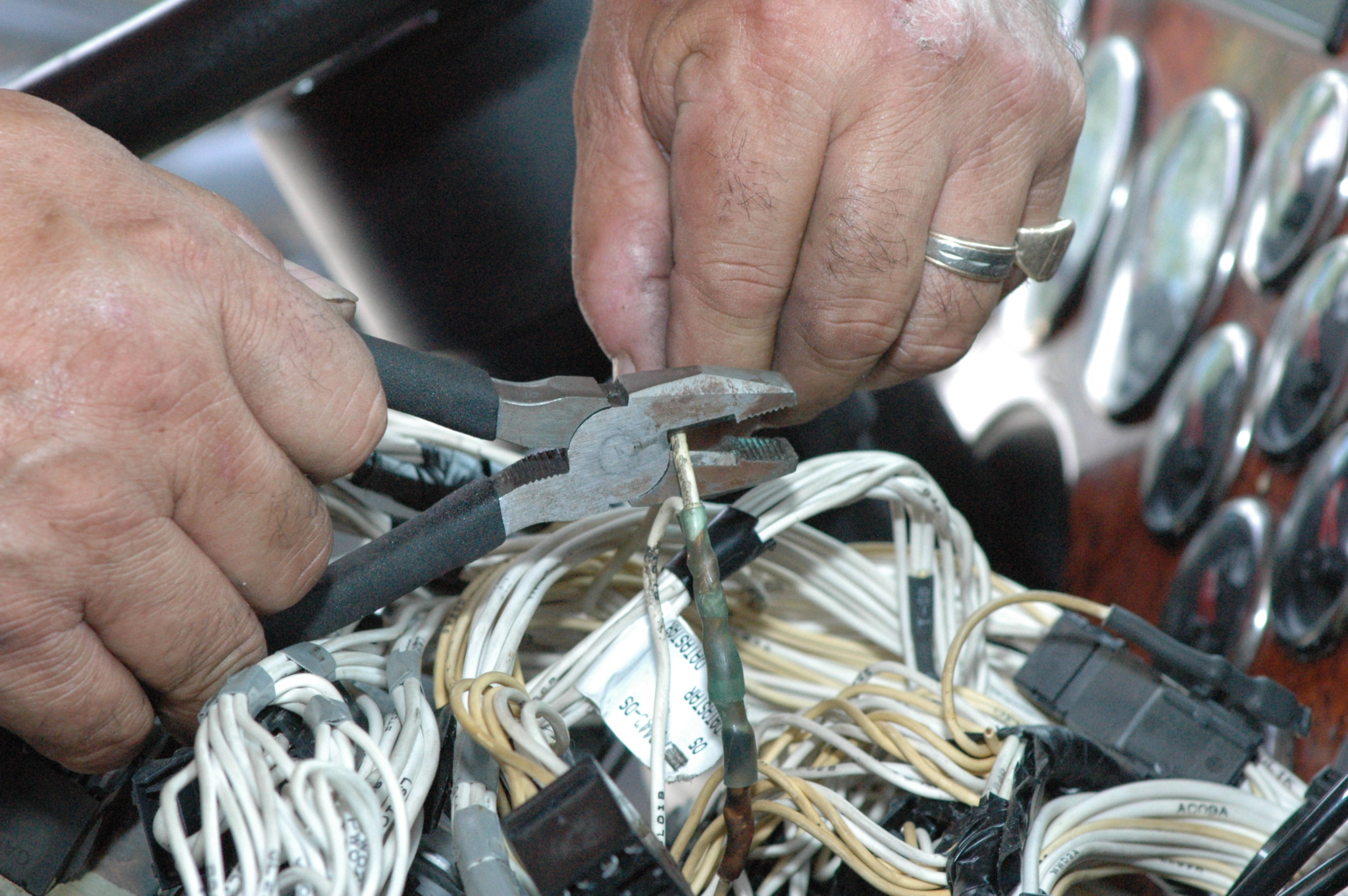Top Tips for Effective Electrical System Troubleshooting
Troubleshooting electric systems needs a methodical technique, grounded in a detailed understanding of electric principles and safety and security methods. The nuances of reliable fixing expand past mere technical expertise; understanding exactly how to document searchings for and focus on security can substantially influence results.
Understand the Essentials
Recognizing the basics of electric systems is necessary for reliable troubleshooting, as a strong foundation allows technicians to identify and resolve concerns extra effectively. A thorough understanding of electrical concepts, such as voltage, existing, resistance, and power, is essential in identifying the root causes of issues. Voltage is the electric potential difference that drives present via a circuit, while resistance opposes the circulation of existing, influencing the overall functionality of the system.
Knowledge with circuit parts, including resistors, capacitors, diodes, and changes, is likewise critical. Each part plays a distinct role in circuit actions and can influence efficiency when malfunctioning. In addition, comprehending collection and identical circuit arrangements is essential, as these setups influence the circulation of voltage and existing within the system.
In addition, understanding of security protocols is vital. Service technicians should recognize potential risks, such as shock and short circuits, to apply secure troubleshooting techniques. By understanding these foundational concepts, professionals enhance their ability to perform effective diagnostics and fixings, inevitably resulting in boosted performance and reliability of electric systems. This foundational understanding is the foundation of effective repairing undertakings.
Gather Necessary Devices
Effective troubleshooting of electrical systems needs the appropriate collection of devices to diagnose and solve concerns precisely. A well-appointed specialist can substantially enhance performance and efficiency in recognizing troubles. Essential devices consist of a multimeter, which gauges voltage, current, and resistance, enabling for exact analyses of electric parts. Clamp meters are likewise important for gauging present without disconnecting the circuit, making certain security and benefit.
In addition, protected hand devices such as screwdrivers, pliers, and wire strippers are critical for safely manipulating electric connections. It is also advisable to have a circuit tester on hand to validate the visibility of voltage in electrical outlets and cords. For more complex systems, a thermal imaging electronic camera can aid discover overheating parts, indicating prospective failings.

Follow a Methodical Method
Having actually gathered the suitable tools, the next step in repairing electric systems is to adhere to an organized approach. A systematic approach ensures that professionals can identify faults successfully and precisely, reducing downtime and avoiding unneeded repairs.
Begin by evaluating the system's schematic representations and specifications. Understanding the design and operational specifications will give context for identifying problems. Next, isolate the problem location by utilizing a procedure of removal. This entails monitoring each element methodically, beginning from the power source and functioning towards the lots.
Utilize testing devices, such as multimeters and oscilloscopes, to gather unbiased data concerning voltage, current, and resistance at numerous points within the system. This empirical proof will certainly direct your troubleshooting efforts and assist to confirm or eliminate possible reasons for failing.
In addition, consider ecological variables that may affect the system's efficiency, such as temperature level changes or wetness ingress. A thorough inspection of wiring, connections, and elements will make certain that all opportunities are represented.
File Your Searchings For
Comprehensive documents is essential in the repairing procedure of electrical systems. This method not right here only aids in recognizing the root reason of the problem however also serves as a reference for future repairing efforts.

Additionally, preserving a log of parts replaced or fixings executed is important. This info supports inventory administration and can aid examine the durability and integrity of certain parts.
Eventually, the paperwork process must be detailed yet concise, making it possible for simple retrieval and evaluation - electrical system troubleshooting. By prioritizing comprehensive documentation, service technicians can develop a beneficial data base that not only help in existing troubleshooting however also empowers future maintenance efforts, consequently boosting general system reliability

Prioritize Precaution
Recognizing the intrinsic threats related to electrical systems is important for making certain security during troubleshooting. Electric shock, burns, and equipment damages are just a few of the potential risks that service technicians face. Focusing on precaution is not just a legal obligation read the full info here but likewise an ethical critical that safeguards both the technician and the surrounding environment.
Prior to commencing any troubleshooting task, professionals should put on proper individual protective equipment (PPE), including insulated handwear covers, safety and security glasses, and flame-resistant clothes. Ensuring that the workspace is completely dry and free of clutter can considerably minimize the risk of accidents. It is necessary to de-energize circuits prior to beginning any type of job, verifying that they are not live via the use of a multimeter or voltage tester.
Establishing clear communication methods with team participants is also essential; this makes sure that everyone understands potential dangers and the status of the electrical system being serviced. Lastly, having an emergency response strategy in area can verify vital in case Continue of a case. By prioritizing precaution, service technicians can successfully minimize threats and promote a much safer workplace.
Verdict
Effective electrical system fixing relies on a comprehensive understanding of fundamental concepts and a systematic method. By collecting vital tools, sticking to organized examination techniques, and meticulously recording findings, the repairing process becomes much more reliable and dependable. Prioritizing safety and security procedures makes certain the well-being of people included and the stability of the electrical system. Implementing these strategies will certainly enhance the troubleshooting experience, leading to quicker resolutions and boosted functional efficiency in electric systems.
 Jennifer Grey Then & Now!
Jennifer Grey Then & Now! Alicia Silverstone Then & Now!
Alicia Silverstone Then & Now! Danica McKellar Then & Now!
Danica McKellar Then & Now! Dawn Wells Then & Now!
Dawn Wells Then & Now! Terry Farrell Then & Now!
Terry Farrell Then & Now!